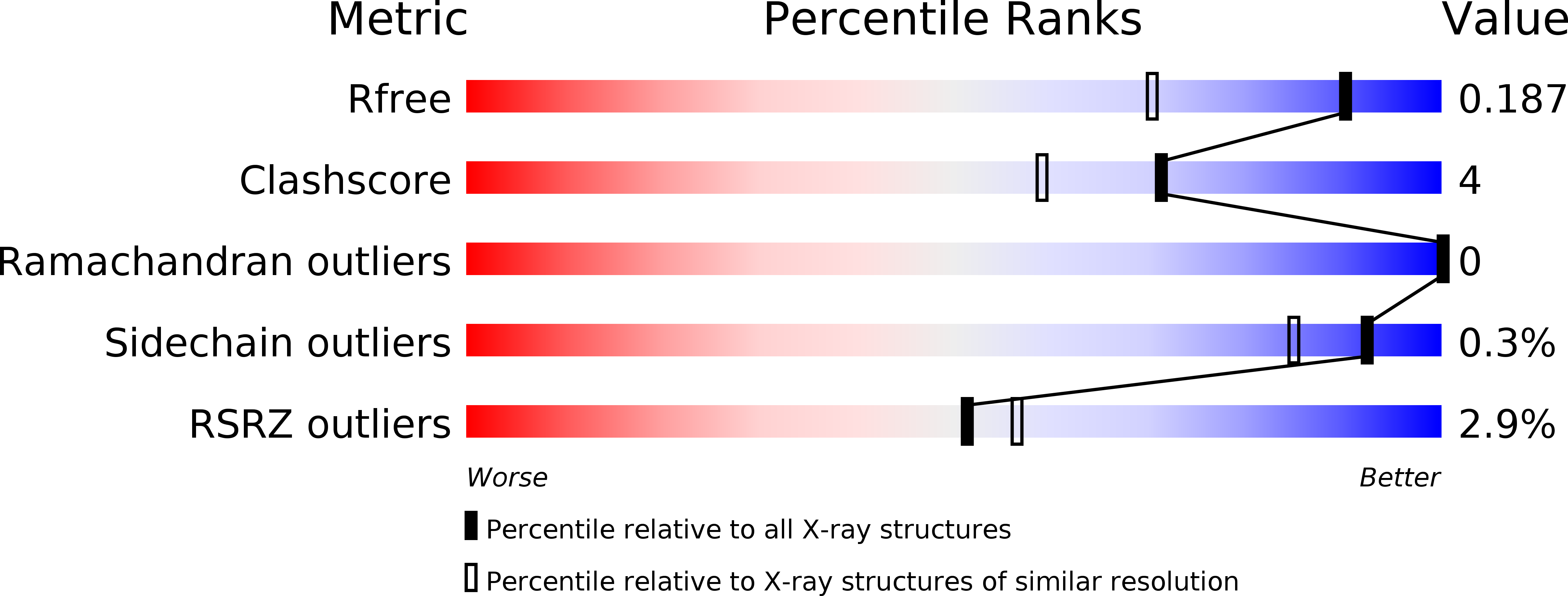
Deposition Date
2012-08-01
Release Date
2012-08-15
Last Version Date
2024-10-16
Entry Detail
Biological Source:
Source Organism:
Schizosaccharomyces pombe (Taxon ID: 4896)
Host Organism:
Method Details:
Experimental Method:
Resolution:
1.50 Å
R-Value Free:
0.18
R-Value Work:
0.15
R-Value Observed:
0.15
Space Group:
P 1


